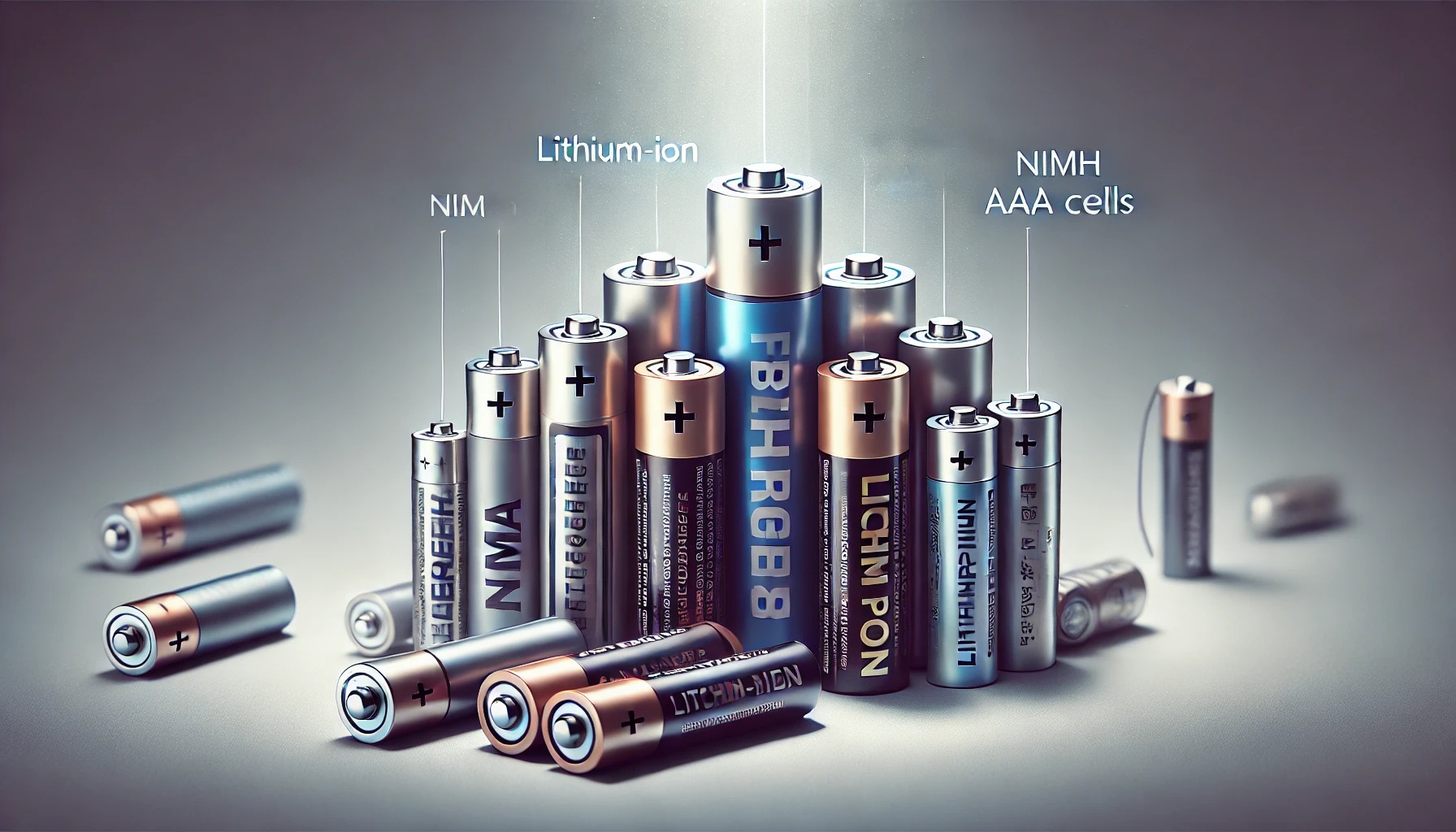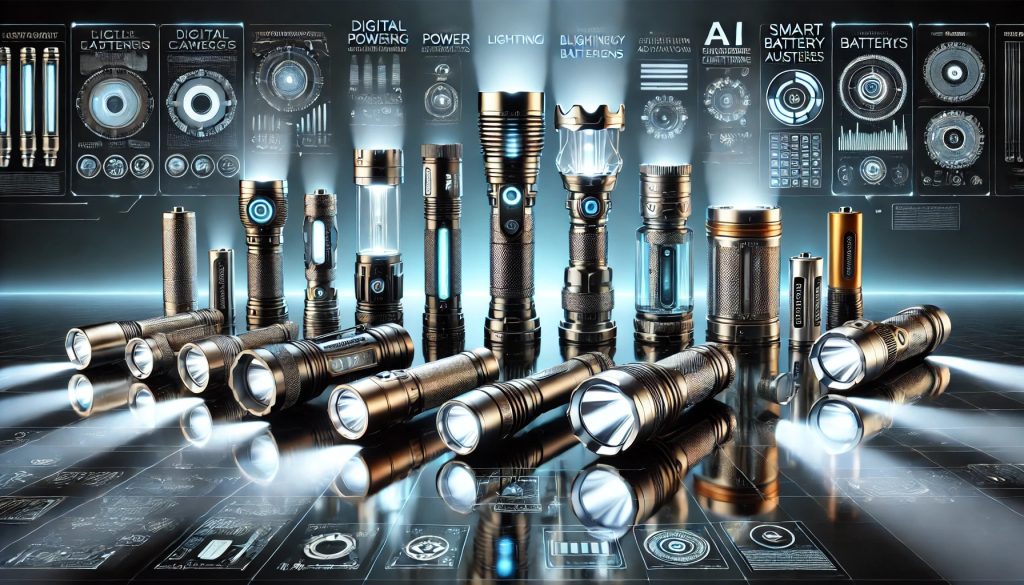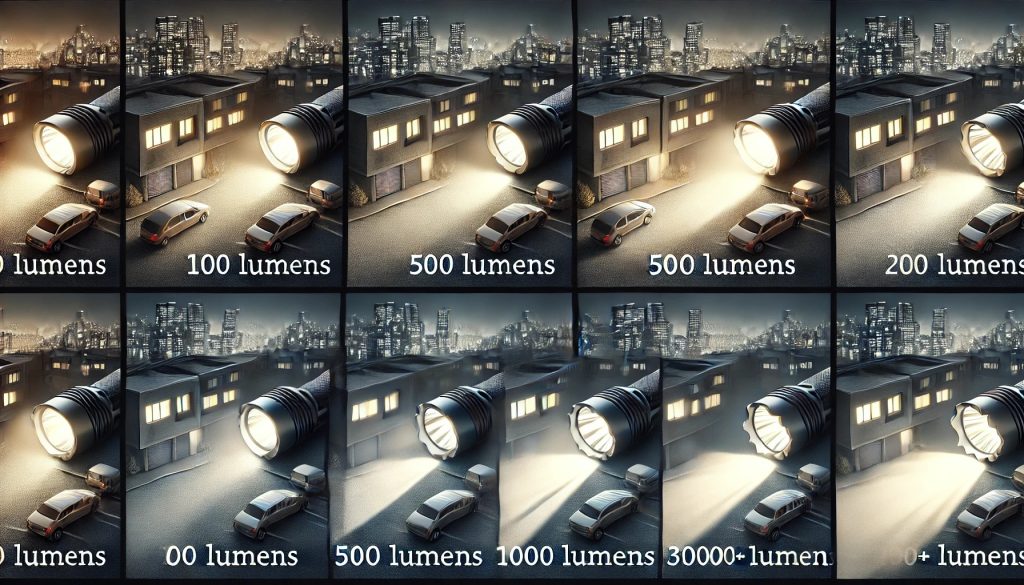The remarkable capabilities of modern high-performance flashlights, from their intense brightness (measured in lumens in flashlights) to their extended runtimes, are largely attributed to the advancements in rechargeable batteries. Moving away from traditional disposable options, rechargeable batteries for flashlights offer a cost-effective, environmentally conscious, and often superior power source. Understanding the different types of rechargeable batteries available is crucial for maximizing the performance and longevity of your high-powered illumination tool. This article will explore the primary types of rechargeable batteries commonly used in high-performance flashlights and their respective benefits.
The Shift to Rechargeable Power: Why It Matters
The adoption of rechargeable batteries for flashlights represents a significant shift in portable lighting technology. This transition offers numerous advantages:
- Cost Savings: While the initial investment in a rechargeable battery and charger might be higher, the long-term cost savings compared to constantly purchasing disposable batteries are substantial.
- Environmental Friendliness: Reducing the consumption of single-use batteries minimizes waste and the environmental impact associated with their production and disposal.
- Consistent Performance: Many rechargeable batteries, particularly lithium-ion, maintain a more stable voltage output during discharge, leading to consistent brightness in your flashlight.
- Higher Energy Density: Rechargeable batteries like lithium-ion often boast a higher energy density, allowing for more power storage in a smaller and lighter form factor, contributing to more compact and powerful flashlight designs, as seen in many examples of modern flashlight technology.
Key Types of Rechargeable Batteries for Flashlights
Several types of rechargeable batteries are commonly found in high-performance flashlights:
1. Lithium-Ion (Li-ion) Batteries: The Dominant Force
Lithium-ion batteries have become the dominant force in powering high-performance flashlights due to their exceptional energy density, relatively low self-discharge rate, and ability to provide high current output required by powerful LEDs. Various form factors exist, including 18650, 21700, and 26650, each offering different capacities and sizes. For a deeper understanding of the chemical processes involved, you can explore resources on lithium-ion battery technology at Wikipedia – Lithium-ion battery.
Benefits of Li-ion Batteries:
- High Energy Density: Stores a significant amount of power for their size and weight.
- Low Self-Discharge: Retain their charge for longer periods when not in use.
- High Voltage: Typically operate at 3.7V per cell, providing ample power for bright LEDs.
- Variety of Sizes and Capacities: Offers flexibility in flashlight design and runtime.
Considerations for Li-ion Batteries:
- Protection Circuits: It’s crucial to use Li-ion batteries with built-in protection circuits to prevent overcharging, over-discharging, and short circuits, which can be hazardous.
- Specific Chargers: Require dedicated lithium-ion battery chargers for safe and efficient charging.
- Temperature Sensitivity: Performance can be affected by extreme temperatures.
2. Nickel-Metal Hydride (NiMH) Batteries: A Reliable Alternative
NiMH batteries are another popular rechargeable option for flashlights, offering a good balance of performance, safety, and cost-effectiveness. They are often available in standard sizes like AA and AAA, making them compatible with some flashlights designed for disposable batteries. More information on the characteristics of Nickel-Metal Hydride batteries can be found at Wikipedia – Nickel–metal hydride battery.
Benefits of NiMH Batteries:
- Safer Chemistry: Generally considered safer than lithium-ion batteries without the same risk of thermal runaway.
- No Memory Effect (in modern cells): Unlike older NiCad batteries, modern NiMH cells don’t suffer from significant memory effect, meaning they can be charged at any discharge level without losing capacity.
- Wider Availability: Available in standard sizes, making them easy to find.
Considerations for NiMH Batteries:
- Lower Energy Density: Generally have a lower energy density compared to lithium-ion batteries, meaning they might offer shorter runtimes for the same size.
- Higher Self-Discharge: Tend to lose their charge more quickly when not in use compared to Li-ion.
- Lower Voltage: Typically operate at 1.2V per cell, requiring more cells to achieve the same voltage as a single Li-ion cell.
3. Lithium Polymer (LiPo) Batteries: Lightweight Power
Lithium Polymer batteries are a type of lithium-ion battery that uses a polymer electrolyte instead of a liquid one. This allows them to be manufactured in various shapes and sizes, often making them lighter and more flexible than traditional Li-ion cells. They are commonly found in compact and high-performance devices. Understanding the unique properties of Lithium Polymer batteries can be beneficial for specific applications, as detailed at Wikipedia – Lithium polymer battery.
Benefits of LiPo Batteries:
- Lightweight: Offer a significant weight advantage over other rechargeable chemistries.
- Shape Flexibility: Can be manufactured in custom shapes and sizes, allowing for innovative flashlight designs.
- High Discharge Rates: Can deliver high currents, suitable for very bright flashlights.
Considerations for LiPo Batteries:
- More Delicate: Can be more susceptible to damage from overcharging or physical stress.
- Require Careful Handling: Proper charging and handling are crucial for safety and longevity.
Choosing the Right Rechargeable Battery for Your Flashlight
Selecting the appropriate rechargeable battery for your flashlight depends on several factors:
- Flashlight Compatibility: Always refer to the manufacturer’s specifications for the recommended battery type and size for your specific flashlight model. Using the wrong battery can damage the flashlight or pose a safety risk.
- Performance Requirements: If you need maximum brightness and extended runtime, lithium-ion batteries are often the preferred choice.
- Safety Considerations: If safety is a primary concern or if the flashlight will be used in extreme conditions, NiMH batteries might be a safer alternative, though with potentially lower performance.
- Convenience: Consider the availability of chargers and the ease of swapping batteries if your flashlight allows for it.
Tips for Maintaining Your Rechargeable Batteries
Proper care will extend the lifespan and ensure the optimal performance of your rechargeable batteries for flashlights:
- Use the Correct Charger: Always use a charger specifically designed for the type of battery you are using.
- Avoid Extreme Temperatures: Store and charge batteries in moderate temperatures. Extreme heat or cold can damage the battery and reduce its capacity.
- Don’t Deep Discharge: Avoid fully discharging lithium-ion batteries frequently, as this can shorten their lifespan. Recharge them when they still have some charge remaining.
- Store Partially Charged: If storing batteries for an extended period, it’s generally recommended to store them at around 40-50% charge for lithium-ion batteries.
- Inspect for Damage: Regularly inspect your batteries for any signs of physical damage, such as swelling or leaks, and discontinue use if any damage is found.
Conclusion: Powering the Future of Illumination Sustainably
Rechargeable batteries are at the heart of modern high-performance flashlights, offering a powerful, cost-effective, and environmentally responsible way to illuminate the darkness. By understanding the characteristics and benefits of different rechargeable battery types, including lithium-ion, NiMH, and lithium polymer, you can make informed choices that optimize the performance and longevity of your flashlight. As flashlight technology continues to advance, rechargeable batteries will undoubtedly remain a crucial component in powering the future of portable lighting.


